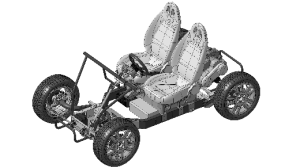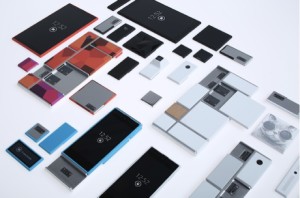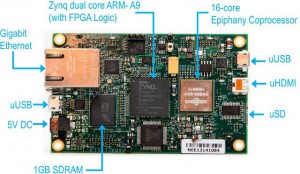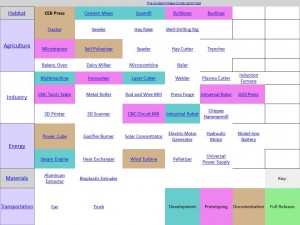
From www
Three innovations — 3D printing, robotics, and open source electronics — are breaking that mold of manufacturing. They're ushering in a new era based on customization, on demand manufacturing, and regional, even local manufacturing.
3D Printing Has Started A Revolution
Paul R. Brody
Huffington Post, 30 January 2014
The revolution brewing in electronics is unprecedented — even for an industry that is used to being upended. The rules that defined a century of innovation, design, and production are about to be rewritten. And modern manufacturing will be swept away.
Few companies grasp the coming upheaval. Perhaps because 3D printing, an innovation that can come across as a curiosity, is propelling this disruption. Yet, these printers, which churn out objects by laying thin layer after thin layer of metal, plastics or other materials on top of each other, won't tip the scale alone.
It's their collision with two other disruptive technologies — intelligent robotics and open source electronics — that will bring an end to the era of big and complex global supply chains. Together, they're going to usher in the digitalization of manufacturing, by creating flexible, fast, local supply chains underpinned by software.







